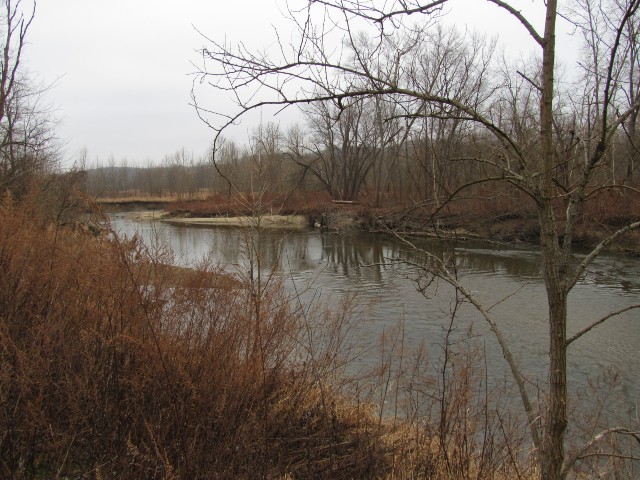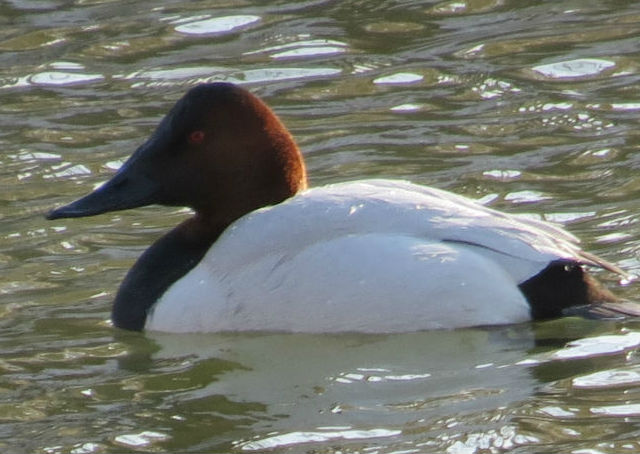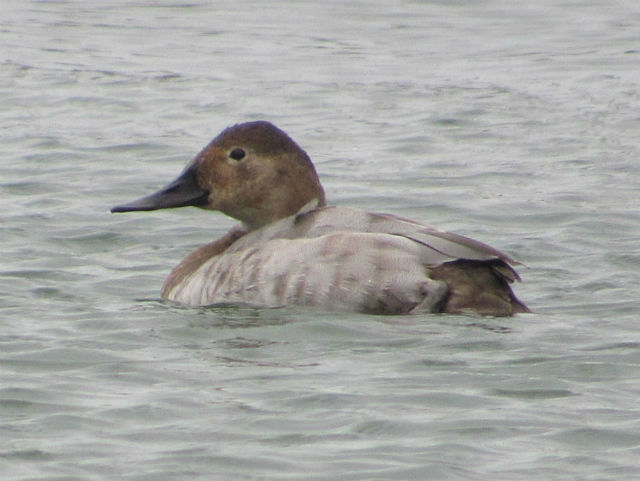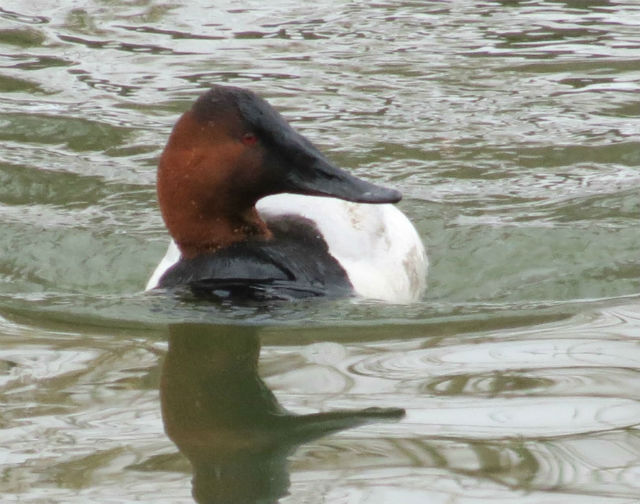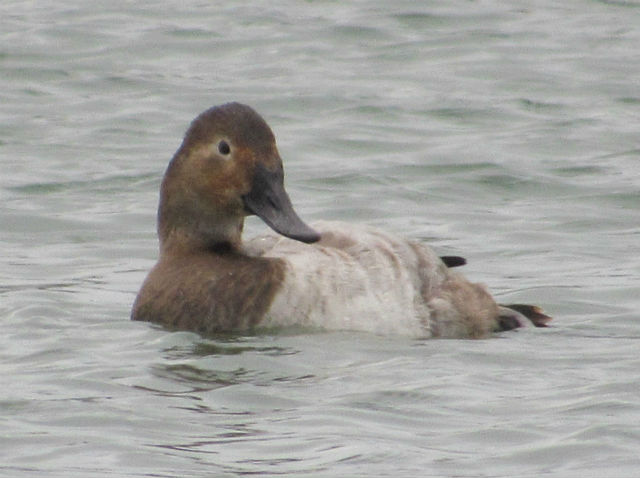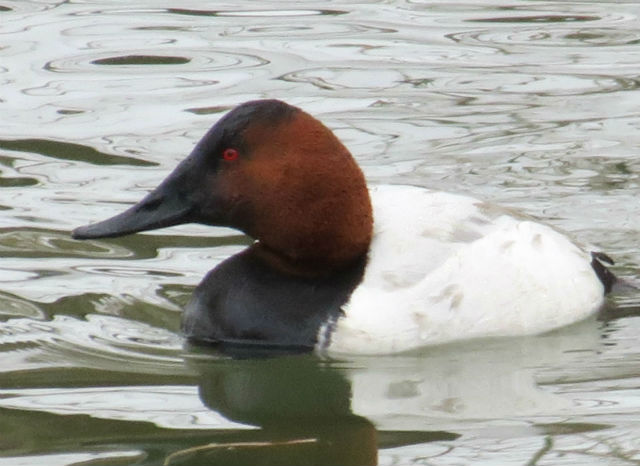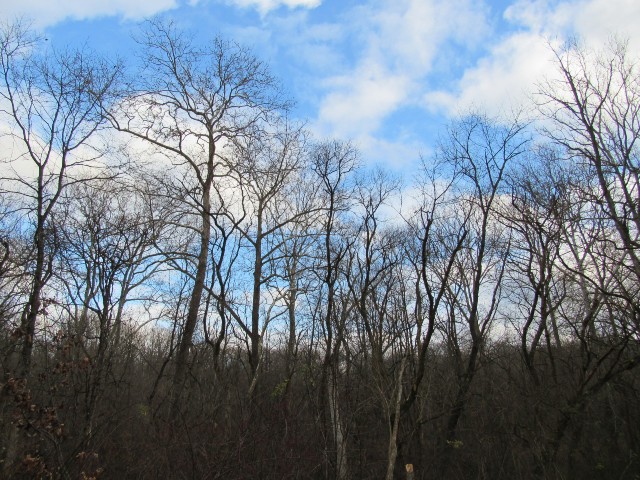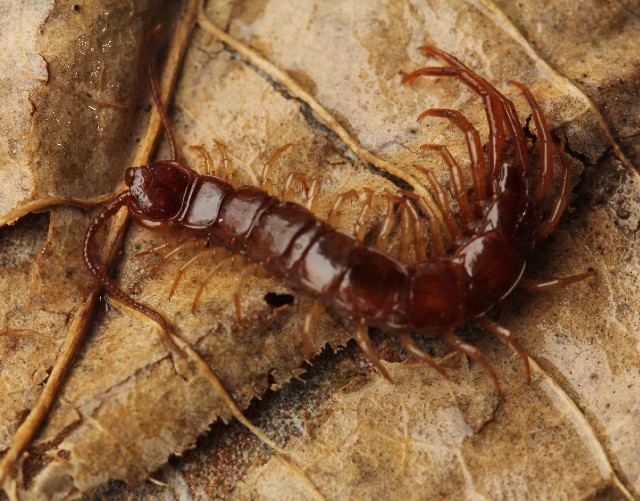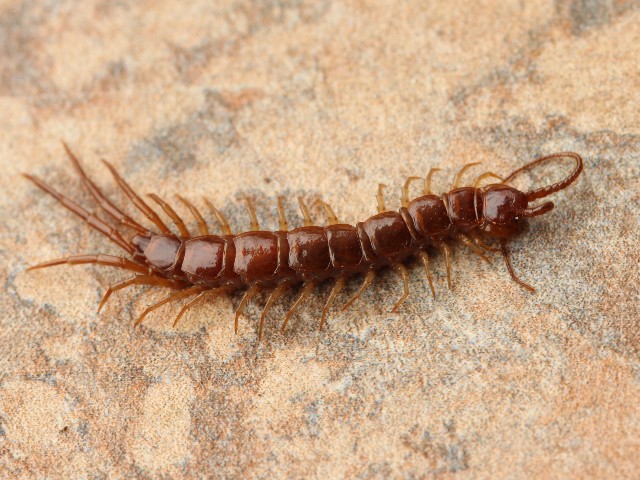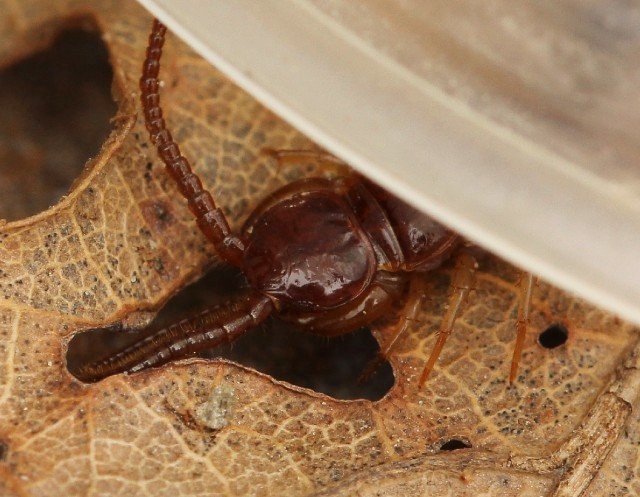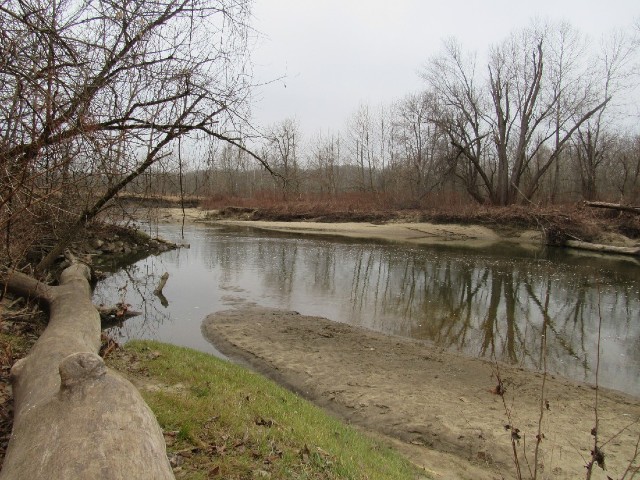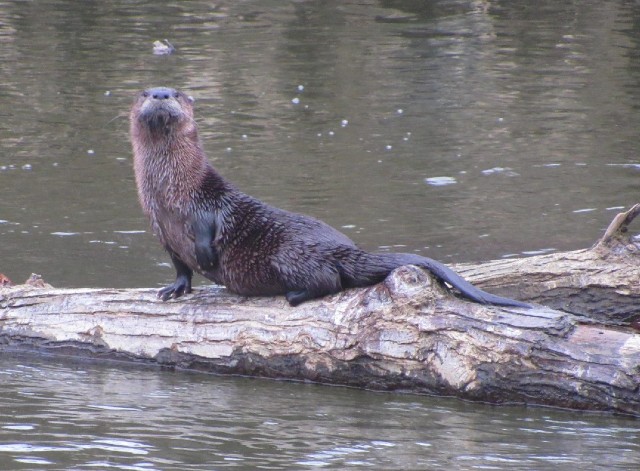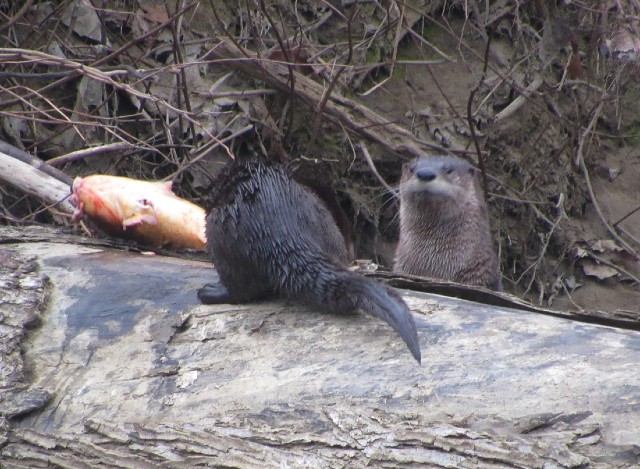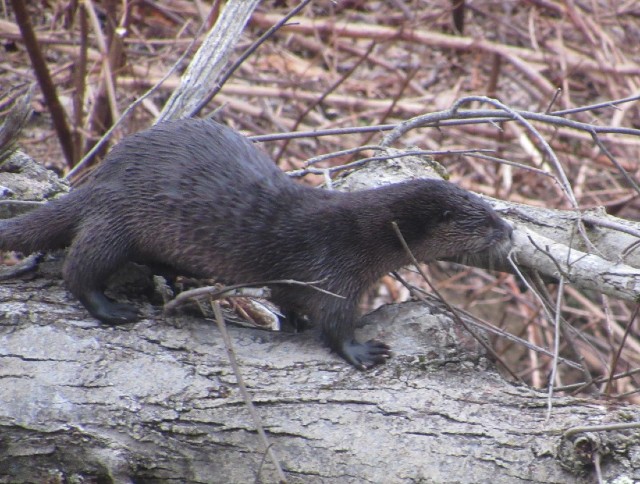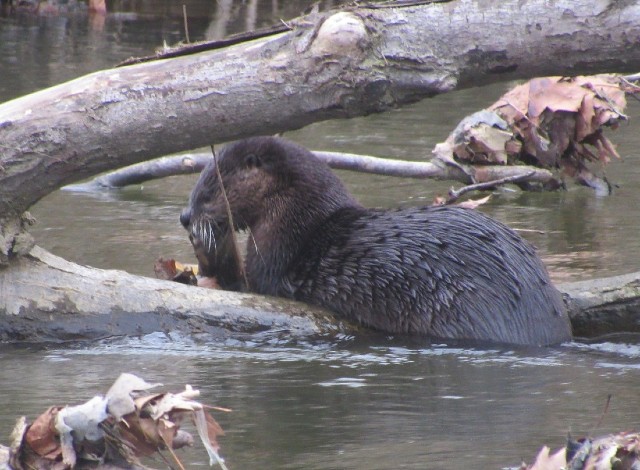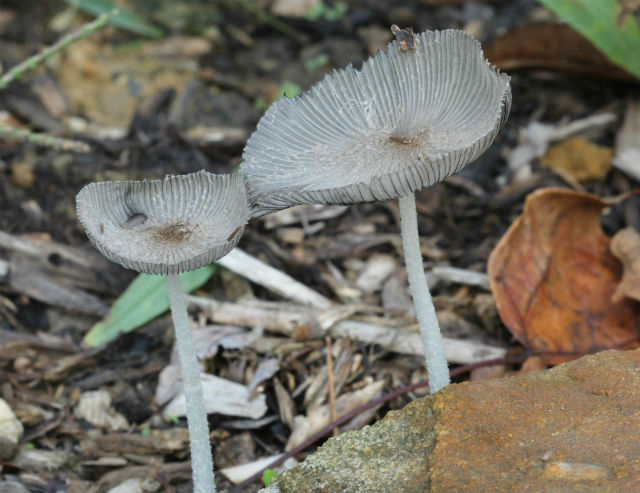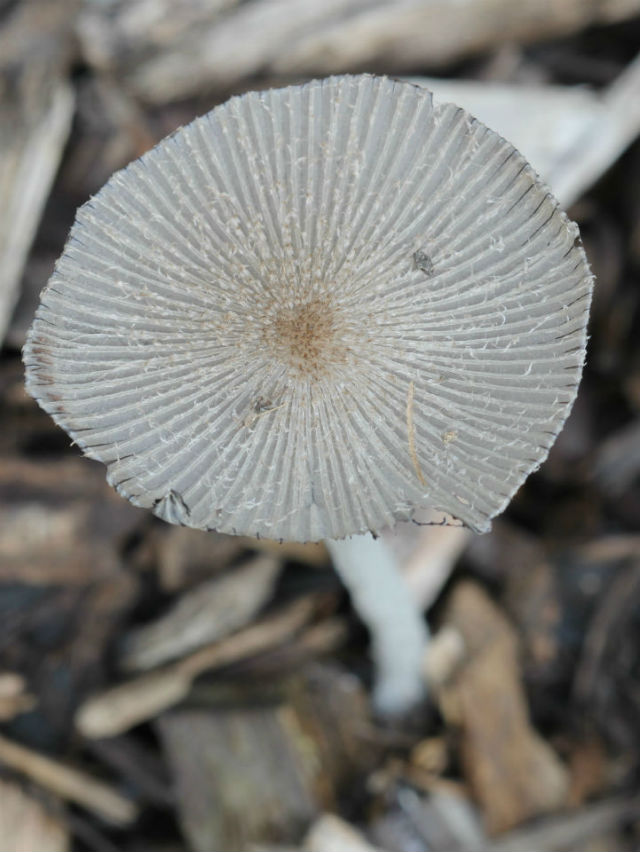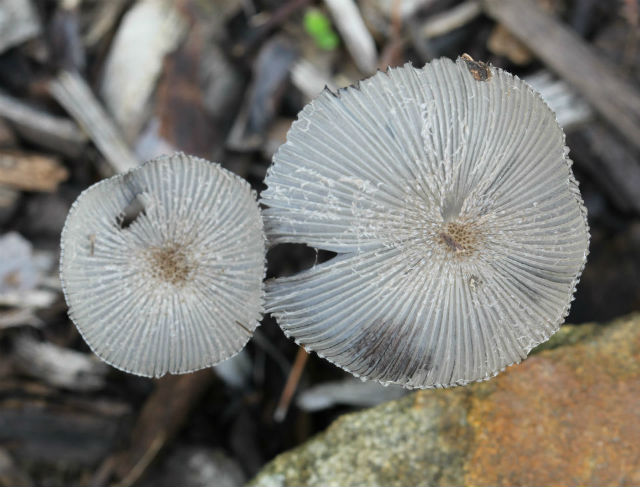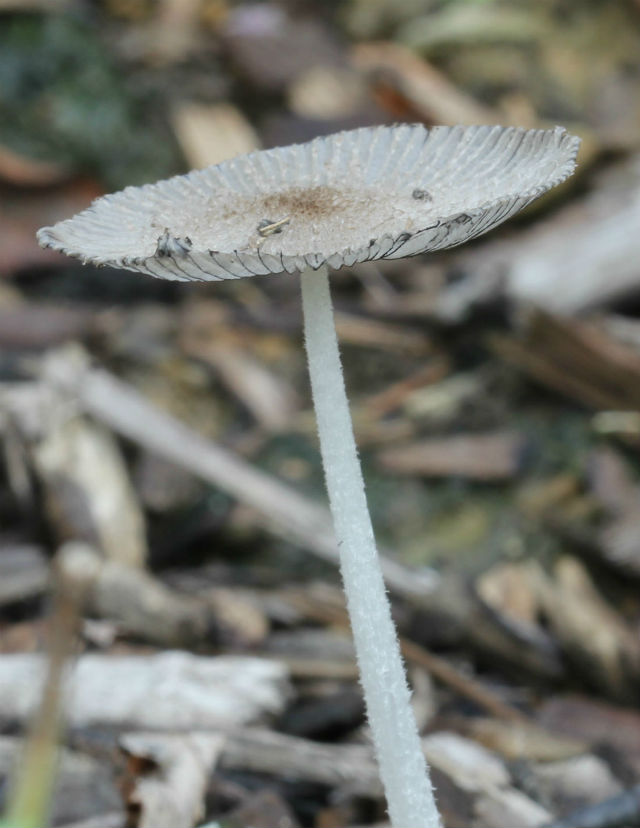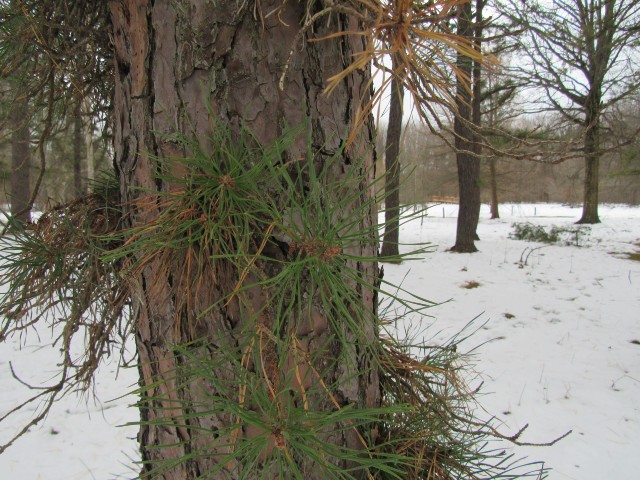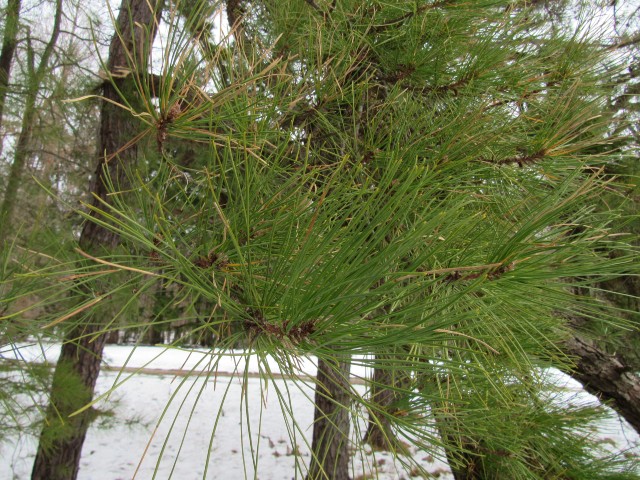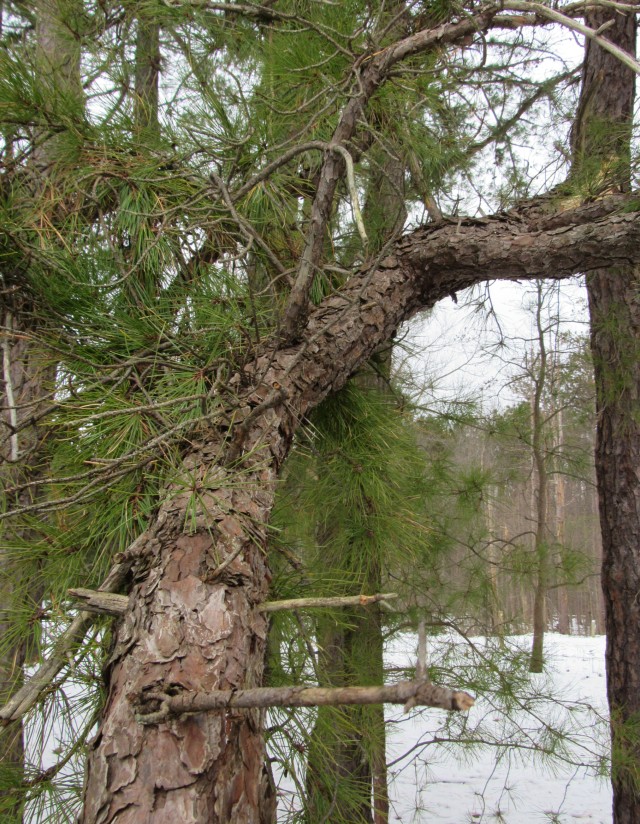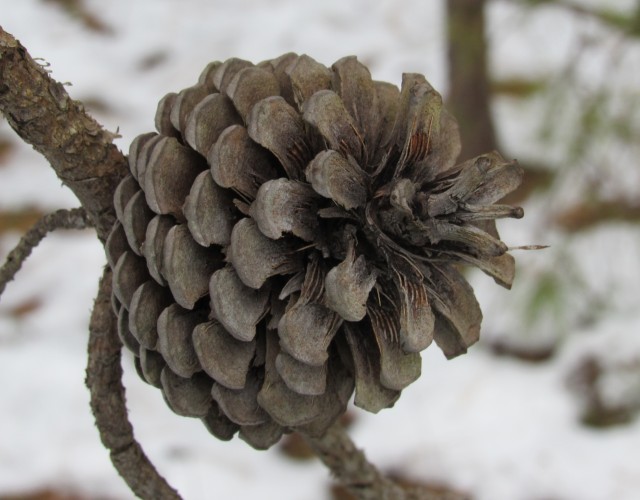I’ve come across this distinctive duck a few times while out and about. This large, big-headed diving bird has a gently sloping forehead and a stout neck.
Breeding males have a chestnut head and neck set off against a black chest, with a whitish body and black rear. Females are pale brown in the areas where males are chestnut and black and they have a grayish, rather than white body.
Canvasbacks breed in the Prairie Pothole Region of North America. They prefer to nest over water on permanent prairie marshes surrounded by cattails and bulrushes, which provide protective cover.
I only see these ducks in Ohio in the Winter. Canvasbacks migrate through the Mississippi Flyway to their wintering grounds in the mid-Atlantic United States, including the Great Lakes Region.
The Canvasback dives for its food, which consists mainly of the bases and roots of plants growing under water. Wild celery is particularly favored. They also consume mollusks, insects and some small fish.
With its distinct, angled head and auburn hues, the Canvasback is one of our most striking waterfowl species and a favorite of mine to see in the wild.

